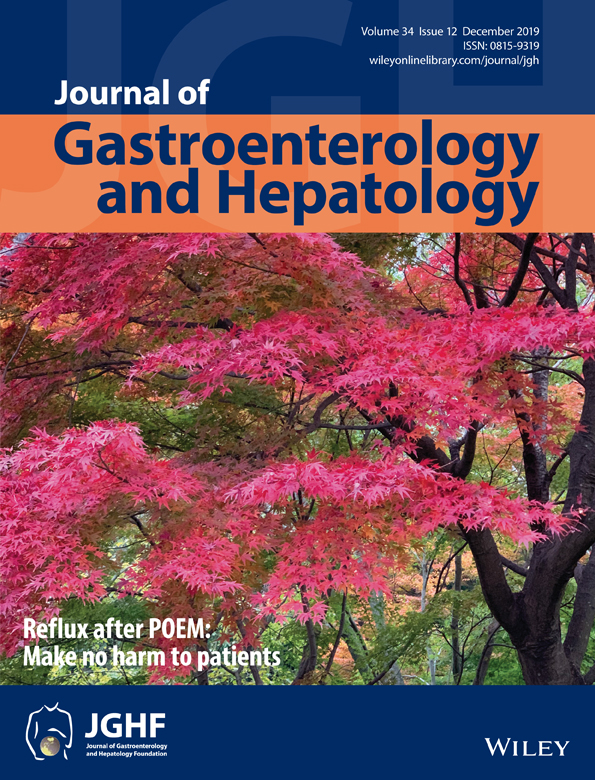Changes in pathogen spectrum and antimicrobial resistance development in the time-course of acute necrotizing pancreatitis
Abstract
Background and Aim
In contrast to the first peak of multi-organ failure in acute pancreatitis, the second peak is mostly triggered by septic complications. Our aim was to analyze the spectrum of pathogens and antimicrobial resistance development in relation to the time-course of the disease and its clinical outcome.
Methods
One hundred twenty-two patients with acute necrotizing pancreatitis undergoing pancreas puncture at two tertiary academic medical centers in Germany were retrospectively analyzed.
Results
At species level, there was a change in spectrum from Enterococcus faecalis (∆d150 − d1 = 14.6% − 16.7% = −2.1%) to Enterococcus faecium (∆d150 − d1 = 93.1% − 16.3% = 76.8%) (P < 0.001) and from Candida albicans (∆d150 − d1 = 39.7% − 23.6% = 16.1%) to non-albicans Candida spp. (∆d150 − d1 = 43.5% − 6.4% = 37.1%) (P = 0.005). Time-to-event analysis of acquired antimicrobial resistance showed that the overall number of patients with Enterobacteriaceae presented an antimicrobial susceptibility decrease by 59.7% (∆d1 − d100 = 87.0% − 27.3% = 59.7%). The cumulative incidence of multi-resistant bacteria increased with length of hospital stay (∆d150 − d1 = 49.1% − 3.1% = 46.0%) (P = 0.004). Multivariable logistic regression analysis in relation to the pathogen spectrum and antimicrobial resistance development showed a significantly higher mortality for non-albicans Candida spp. (P = 0.039, odds ratio [OR] = 3.32 [95% confidence interval [CI]: 1.07–10.35]), E. faecium (P = 0.009, OR = 3.73 [95% CI: 1.38–10.05]), and multi-resistant bacteria (P = 0.007, OR = 5.08 [95% CI: 1.55–16.66]).
Conclusions
Antimicrobial treatment of infected pancreatic necrosis becomes more challenging over time, owing to a change in spectrum favoring difficult-to-treat pathogens and an increase in multi-resistant bacteria associated with worse clinical outcomes (World Health Organization trial registration number: DRKS00014785).




